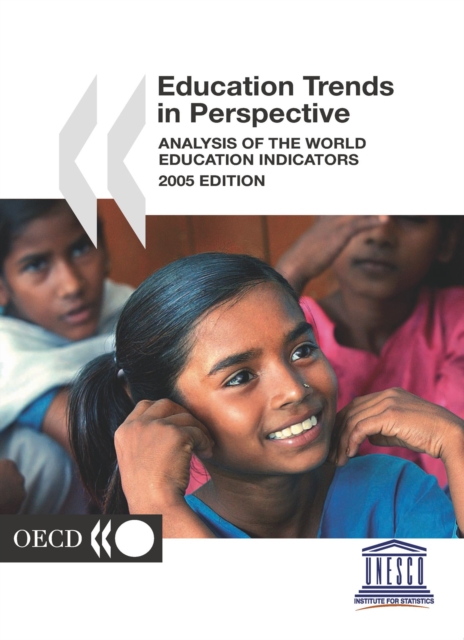
World Education Indicators 2005 Education Trends in Perspective PDF
by OECD, UNESCO Institute for Statistics
Description
The countries participating in this study include: Argentina, Brazil, Chile, China, Egypt, India, Indonesia, Jamaica, Jordan, Malaysia, Paraguay, Peru, the Philippines, the Russian Federation, Sri Lanka, Thailand, Tunisia, Uruguay and Zimbabwe.
Information
-
Download - Immediately Available
- Format:PDF
- Pages:225 pages
- Publisher:OECD Publishing
- Publication Date:13/10/2005
- Category:
- ISBN:9789264013612
Information
-
Download - Immediately Available
- Format:PDF
- Pages:225 pages
- Publisher:OECD Publishing
- Publication Date:13/10/2005
- Category:
- ISBN:9789264013612






